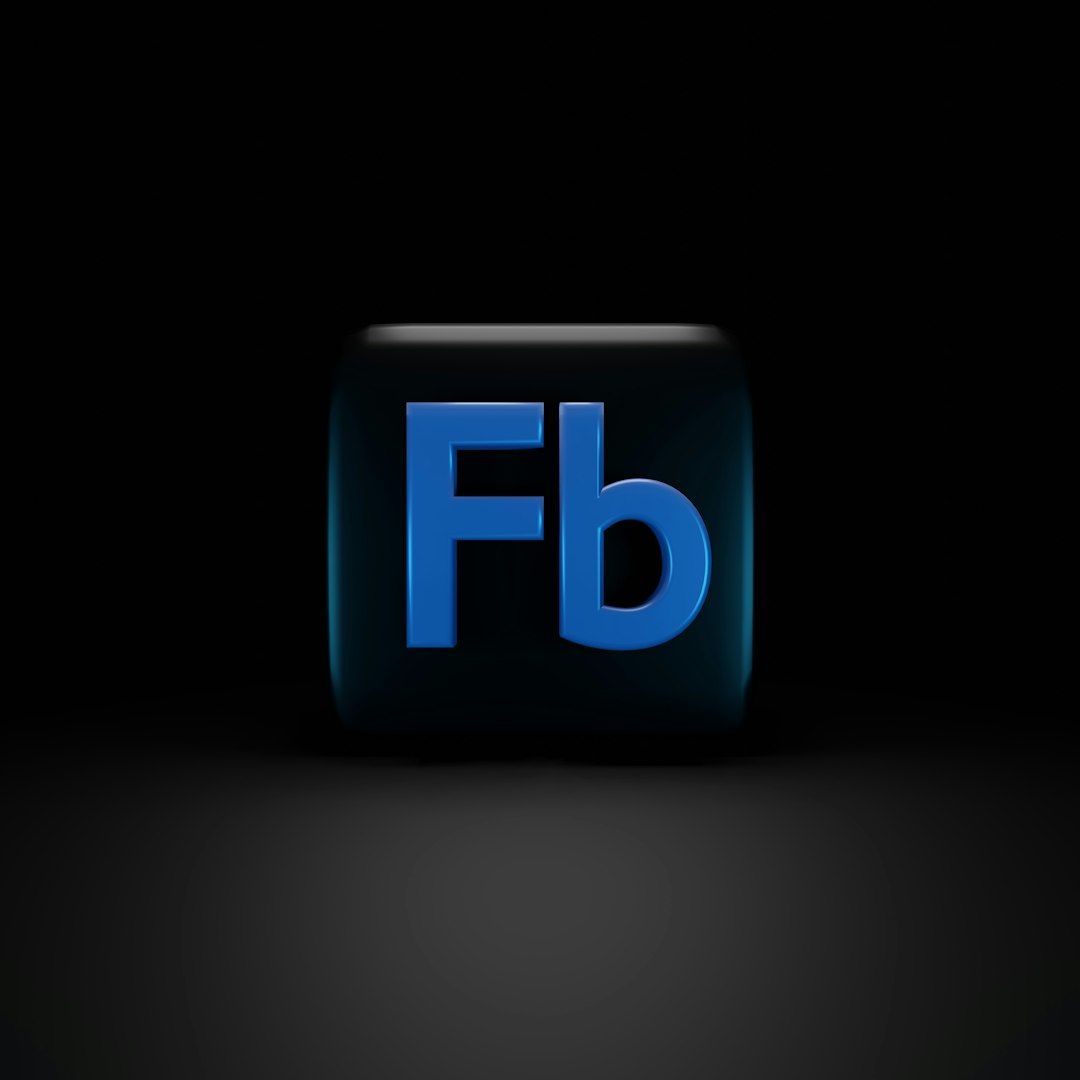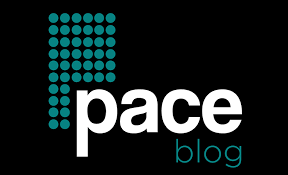In an age where digital footprints shape public opinion and dictate trends, social media has cemented itself as a powerful force that not only reflects but also creates culture. The rise and viral spread of phenomena like the “Gmail Pibble” showcase how niche internet content can snowball into mainstream relevance. These trends go beyond mere entertainment — they influence language, fashion, marketing strategies, and even politics. Understanding the trajectory and influence of such trends is essential to comprehending how pop culture evolves in the digital age.
The Viral Lifecycle: How Trends Begin
Most internet trends begin with user-generated content, originating from unconventional sources such as Reddit threads, TikTok videos, or Twitter memes. The Gmail Pibble — a fictional dog whose name was generated via an AI autocomplete function using the words “Gmail” and “Pitbull” — is an example of how absurdist humor and internet creativity can spawn a meme almost overnight. The trend leaned into the juxtaposition of human technology and canine imagery, producing comical artworks, video edits, and even fictional backstories for the so-called character.
What differentiates successful trends from fleeting digital jokes is timing, relatability, and emotional resonance. In the case of the Gmail Pibble, netizens resonated with the fusion of corporate branding and animal imagery, using it as a vessel for satire, nostalgia, and postmodern commentary. The trend quickly spread across platforms:
- On TikTok: Users generated short animations and voiced skits of the Gmail Pibble attending meetings or replying to spam.
- On Twitter/X: Artists posted fan art blending retro internet aesthetics with surreal humor.
- On Reddit: Threads discussed the “lore” behind the character, embedding it deeper into meme culture.
Within days, what started as a casual joke became a shared experience — a digital inside joke that only those online during that brief window could fully appreciate.
Memes as Modern Myth-Building
Cultural theorists like Roland Barthes once explored the idea of modern mythology — stories that society creates to instill meaning through symbols. Today, memes serve a similar function. Gmail Pibble stood at the confluence of internet absurdity and digital acceleration, becoming a mythic figure of its own kind within online communities.
As users contribute variations and backstories, such a trend transforms into a participatory story. It is *crowdsourced culture*, and it closely mirrors the folk traditions of oral storytelling. But instead of passing tales around a fire, these stories are retweeted, remixed, and reinterpreted across digital platforms by millions.

Importantly, this new form of myth-building contributes to pop culture by creating touchstones shared by disparate communities. Unlike traditional pop icons created by media conglomerates, these cultural figures rise from the grassroots, making them both ephemeral and deeply democratic.
Influence Beyond the Screen
What truly marks the success of an internet trend is its ability to leap off the screen and into real-world applications. Memes like Gmail Pibble might originate from a purely digital joke, but their influence can be seen in:
- Merchandising: Artists creating T-shirts, stickers, and plush toys based on the Gmail Pibble character.
- Marketing Campaigns: Brands subtly referencing or incorporating memes into their adverts to appeal to younger audiences.
- Language: Phrases, slang, or shorthand derived from meme lore entering mainstream usage among Gen Z and Alpha demographics.
This crossover reinforces the link between digital trends and traditional forms of consumption. What was once a creatively doctored image may now appear on fashion runways or music videos — an evolution from meme to motif.
Algorithmic Amplification
Central to the success of these trends is the algorithm-driven nature of social media. Platforms like TikTok and Instagram reward shareable, high-engagement content by pushing it to larger audiences. This creates a feedback loop:
- Original meme content is posted.
- Algorithm detects higher engagement (shares, likes, comments).
- Content is promoted to a wider, often international, audience.
- New creators remix or reinterpret the content.
- The cycle repeats, adding layers and complexity.
This mechanism is especially fertile for comedic or surreal content, which has a universal appeal. Thanks to short-form video formats and image-sharing capabilities, a concept like Gmail Pibble can cross linguistic and cultural boundaries effortlessly, becoming a global trend without centralized control or planning.
Psychological Resonance
Why do certain trends stick while others fade? Part of the answer lies in the psychology of relatability. Strange as it sounds, Gmail Pibble struck a chord during a time when many people were feeling burnt out from constant tech interactions and online labor. The idea of a cartoon dog tucked into a Gmail interface offered a surreal yet comforting break from digital fatigue.
Memes work because they compress complex emotions and shared experiences into a shorthand visual or textual format. They are empathy snapshots. People bond over humor but stay for the shared understanding.

Impact on Artistic Expression and Creativity
Social media trends often operate as creative catalysts. Digital spaces give artists access to vast audiences and immediate feedback loops, encouraging rapid experiments and new genres of expression. The rise of Gmail Pibble inspired numerous styles across varying media — from pixel art to 3D renderings, from satirical animations to musical tributes.
This surge in art driven by niche topics also democratizes content creation. No longer do creators require formal platforms or patronage. If the cultural moment is right, even a scribbled dog-email collage can ignite a trend and bring attention to an obscure digital artist overnight.
A Trend’s Shelf Life and Its Legacy
Many internet phenomena burn bright and then fade, but their echoes often remain. Even after the Gmail Pibble meme becomes obsolete, its influence might persist in stylistic studies of internet art, linguistics, or academic discussions on digital sociology. Some cultural commentators argue that examining these micro-trends offers a roadmap to the shifting values of society — what we fear, what we laugh at, and what we yearn for.
Furthermore, trends like Gmail Pibble represent a form of digital folklore. They provide insight into the collective consciousness of a generation raised on internet immediacy and self-referential commentary. Capturing these moments allows historians and analysts to track how digital sentiments influence broader cultural themes.
Conclusion: Reading Culture Through Social Media
Gmail Pibble might seem like a quirky aside in the vast landscape of internet culture, but its impact is emblematic of a broader shift. As social media becomes not just a mirror but a molder of cultural identity, recognizing the significance of these trends becomes crucial. They influence what we create, how we speak, and how we see each other. Whether a meme lasts a weekend or mutates into a long-term symbol of a digital age, its footprint in the cultural narrative is undeniable.
What emerges from such phenomena isn’t just entertainment — it’s a new form of storytelling, expression, and collective memory-making. And in a world increasingly defined by screens, keyboards, and algorithms, that shared memory is more powerful than ever.

